You might be shocked by what’s suddenly banned in your carry-on.
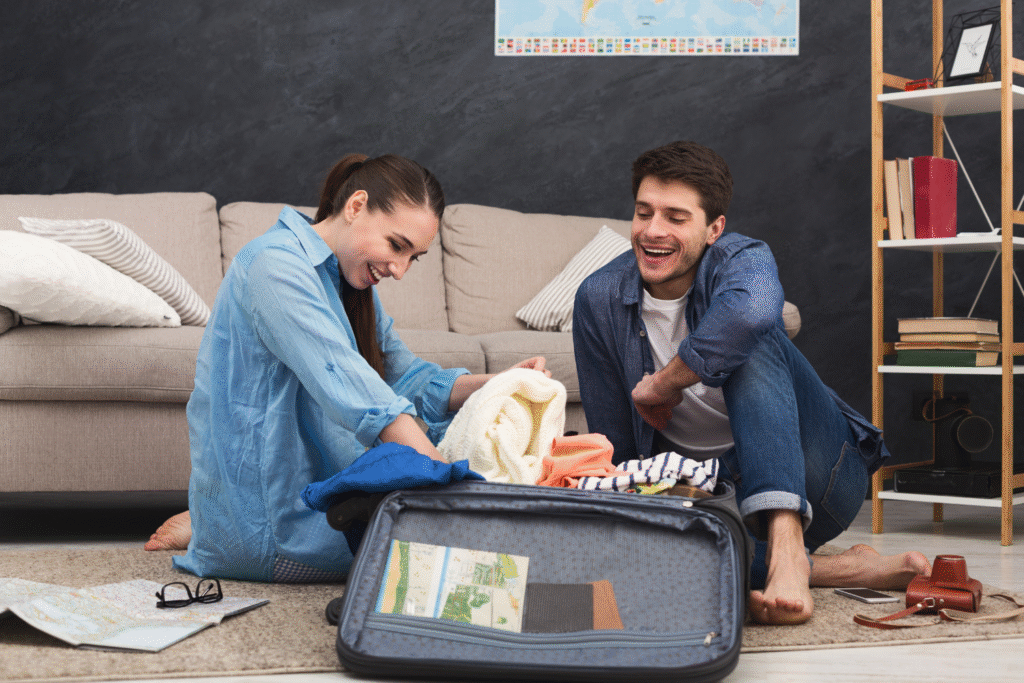
Just when you thought you’d mastered TSA’s 3-1-1 rule, new regulations have quietly added some surprising twists. These aren’t the typical bans on oversized shampoo bottles or pocketknives—many of the newly restricted items are things travelers never realized could be a problem. Some changes come from new security concerns, while others address safety hazards or emerging technology risks.
It’s all meant to make air travel safer, but it’s left plenty of frequent flyers scratching their heads. The next time you pack, double-check your bag—you might be carrying something that gets pulled faster than you can say “random inspection.”
1. Powdered drink mixes can trigger extra screening.
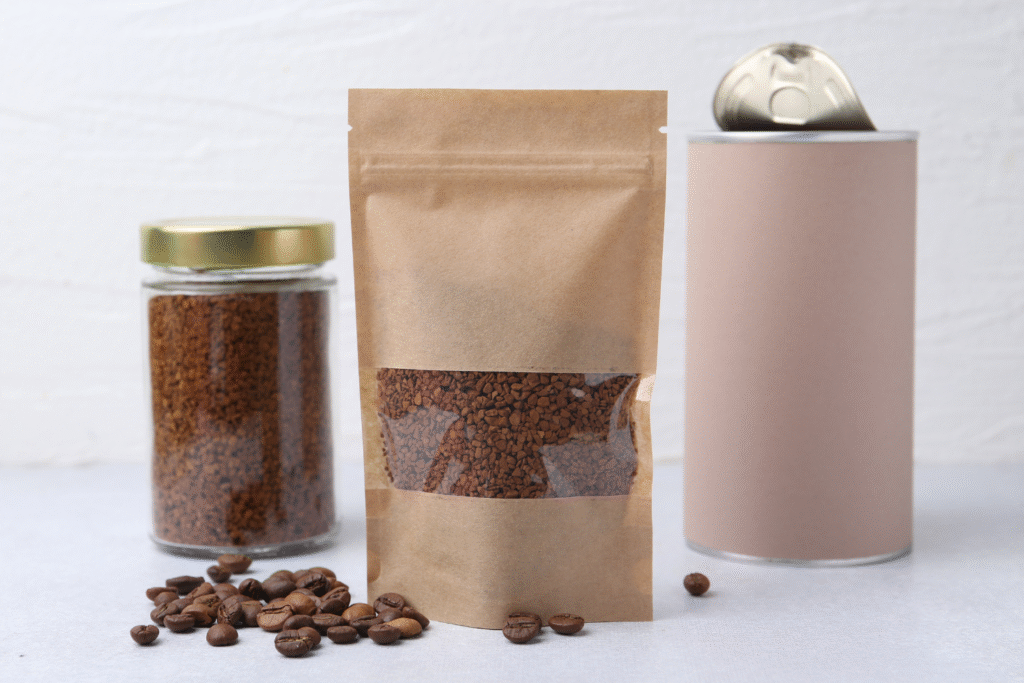
TSA agents are now on high alert for powdered substances like instant coffee, protein powders, and powdered supplements. Anything over 12 ounces—roughly the size of a large can of formula—can set off alarms during X-ray screening. The problem isn’t the powder itself, but the difficulty in distinguishing it from substances that could pose a security risk.
If you’re carrying protein powder or pre-workout mixes, the smartest move is to pre-portion them into smaller, clearly labeled containers. Better yet, pack single-serving sachets instead of large tubs. If security can’t identify what’s inside, they’ll open the container, test it, or confiscate it. That’s not the kind of surprise you want before your flight, especially when you’re running on airport coffee and patience.
2. Lithium batteries for smart luggage aren’t always allowed.
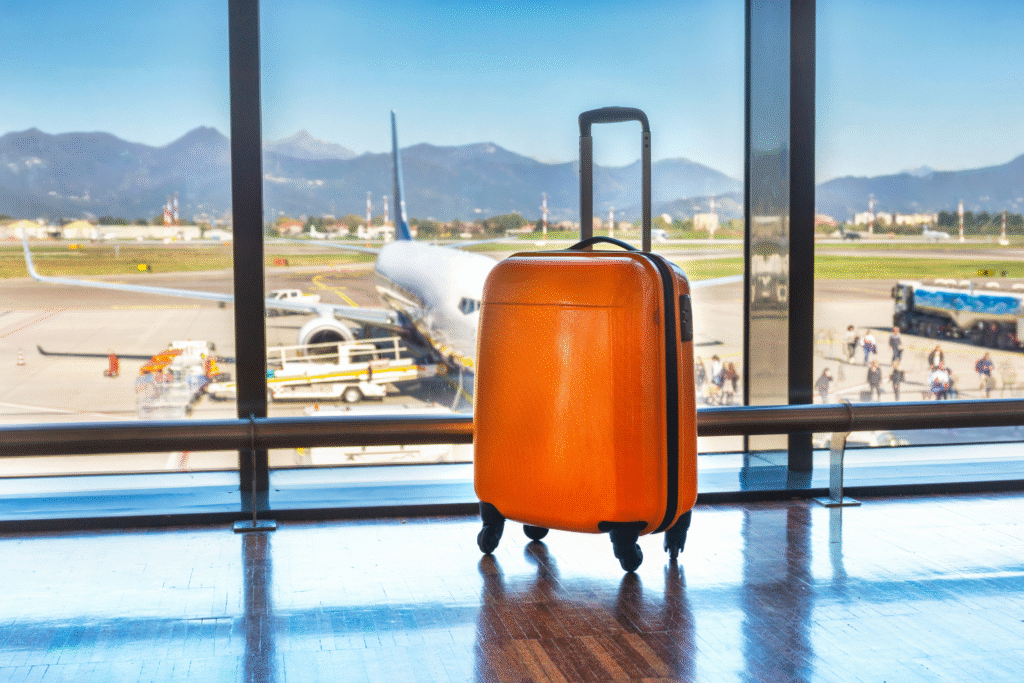
Smart luggage sounds convenient—until TSA stops you for having a built-in charger. Lithium-ion batteries, which power many of these “smart” bags, can overheat or ignite if damaged. TSA’s updated rules require all such batteries to be removable, even if the bag stays with you as a carry-on. Bags with non-removable power banks can be refused at the gate, or worse, confiscated entirely.
Before you travel, check if your luggage battery detaches easily. Airlines have begun enforcing these rules more strictly, especially after incidents involving smoldering bags in overhead bins. The fix is simple: pack a small, removable power bank and keep it in your pocket or personal item. Convenience shouldn’t come with the risk of a fire hazard—or an embarrassing argument with security staff.
3. Peanut butter now counts as a liquid.

Yes, you read that right—peanut butter is officially classified as a liquid under TSA’s 3.4-ounce rule. It’s thick, spreadable, and, apparently, too “fluid” to pass as a solid. Agents have been told to confiscate full jars, regardless of how solid they might look. That also applies to almond butter, Nutella, hummus, and similar spreads.
If you can’t fly without your favorite snack, transfer it into travel-sized containers that meet the liquid limit. It’s a good idea to keep them in your clear quart-sized bag, just like you would shampoo. Many travelers have learned the hard way that arguing over peanut butter consistency doesn’t work—it’ll still end up in the bin. TSA agents have heard every excuse, and “but it’s not a liquid” doesn’t count as a valid one.
4. Certain types of candles are no longer welcome.

Candles might seem harmless, but TSA now draws a sharp line between solid wax candles and gel candles. Gel varieties can resemble explosives when viewed through X-ray machines, which has led to confusion and delays. While solid candles in tins or jars are fine, gel or hybrid ones are more likely to be confiscated, no matter how decorative they look.
If you’re bringing back candles as souvenirs or gifts, stick to traditional wax. TSA officers make quick judgment calls at busy checkpoints, and “it’s just a candle” won’t save it if it looks suspicious. Always pack fragile items like this carefully to prevent damage—especially if you end up having to check them last minute. It’s one of those small, unexpected travel headaches that’s easily avoided with a little foresight.
5. Snow globes fall under the liquid ban.

Snow globes have a magical quality, but TSA sees them differently. The liquid inside makes them subject to the 3.4-ounce rule, and unless they fit inside your quart-sized bag, they’re not allowed in your carry-on. Even small globes are hard to measure accurately, so many travelers have had theirs confiscated out of caution.
If you’re traveling with sentimental or collectible snow globes, the safest bet is to pack them securely in checked luggage or ship them home. TSA officers can’t verify what’s inside the liquid, which makes them unpredictable from a security standpoint. It’s a surprisingly emotional loss for many travelers—but a completely preventable one if you plan ahead.
6. Loose tools over seven inches are a no-go.

That handy screwdriver or wrench in your backpack might not make it through anymore. TSA rules now specify that any tool longer than seven inches must be checked, regardless of whether it’s sharp or not. Even blunt items like pliers or mini hammers are restricted if they can be considered potential impact weapons.
If you travel for work or hobbies that require tools, pack them in your checked bag. Folding multitools with blades are still banned altogether, so it’s best to keep those at home. TSA agents rarely make exceptions, and trying to argue that it’s “just for fixing my bike” won’t change the outcome. You’ll be walking away lighter, minus one trusty wrench.
7. Wrapped gifts can cause major delays.
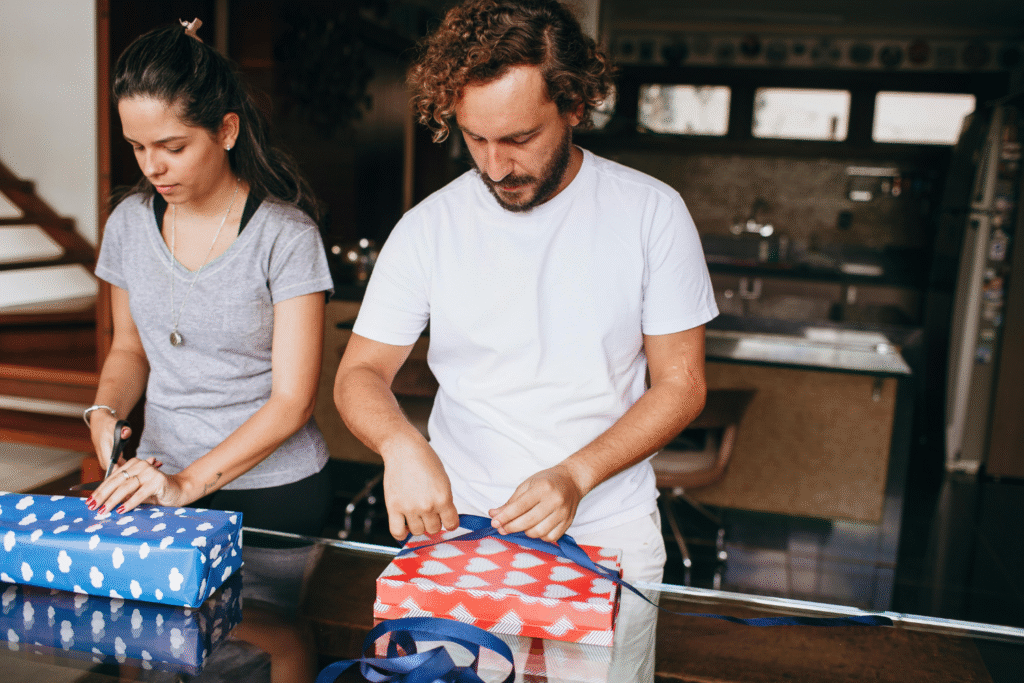
Wrapped presents aren’t technically banned, but TSA can and will unwrap them if the contents can’t be identified on the X-ray. That means your beautifully wrapped birthday surprise or Christmas gift could get torn open right in front of you. It’s not exactly the festive travel experience you were hoping for.
To avoid this awkward scene, pack your gifts unwrapped and bring flat wrapping paper or gift bags instead. You can wrap everything once you arrive at your destination. It may feel inconvenient, but it’s better than explaining to a curious TSA agent why your aunt’s candle set looks suspicious on the scanner. Consider it an act of preemptive holiday patience.
8. Self-heating meals aren’t allowed onboard.
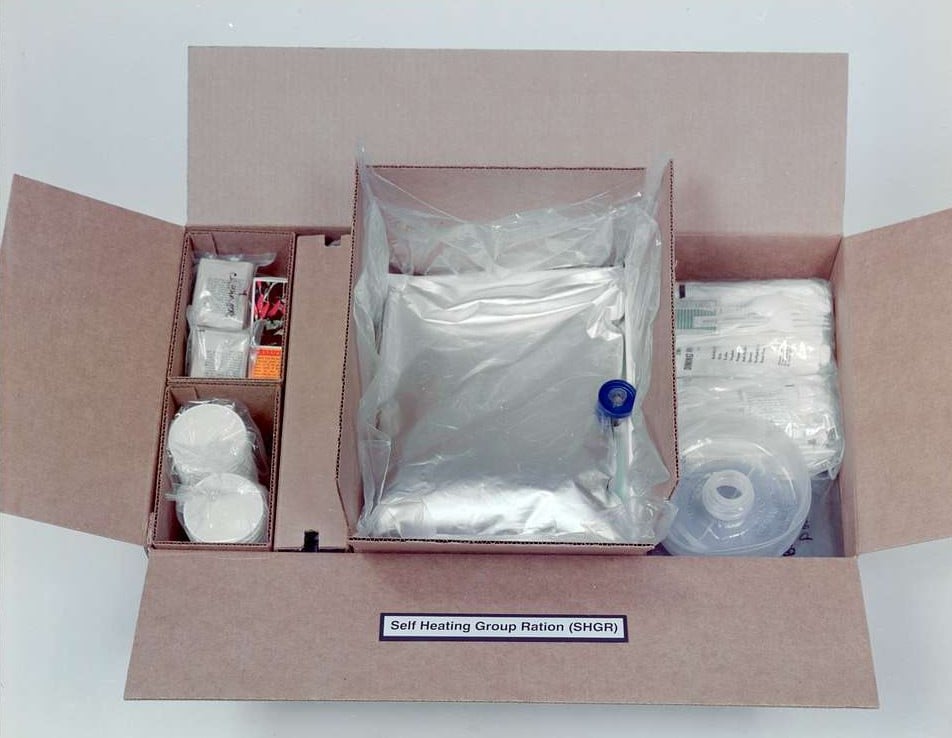
Self-heating meals—popular among campers, military personnel, and travelers—use chemical reactions to generate heat and steam. Unfortunately, that same chemical process makes them a red flag for TSA. Even sealed, these packages can activate accidentally and release gas or heat inside a pressurized cabin, which is why they’re now prohibited.
If you rely on these for convenience, switch to ready-to-eat options without heating elements. TSA agents have become adept at spotting these pouches, and they’ll pull them out instantly. Some airlines even prohibit them in checked bags due to the fire risk. It’s a small inconvenience that saves you from a big mid-flight safety lecture—or worse, missing your connection.
9. Sporting equipment isn’t all created equal.
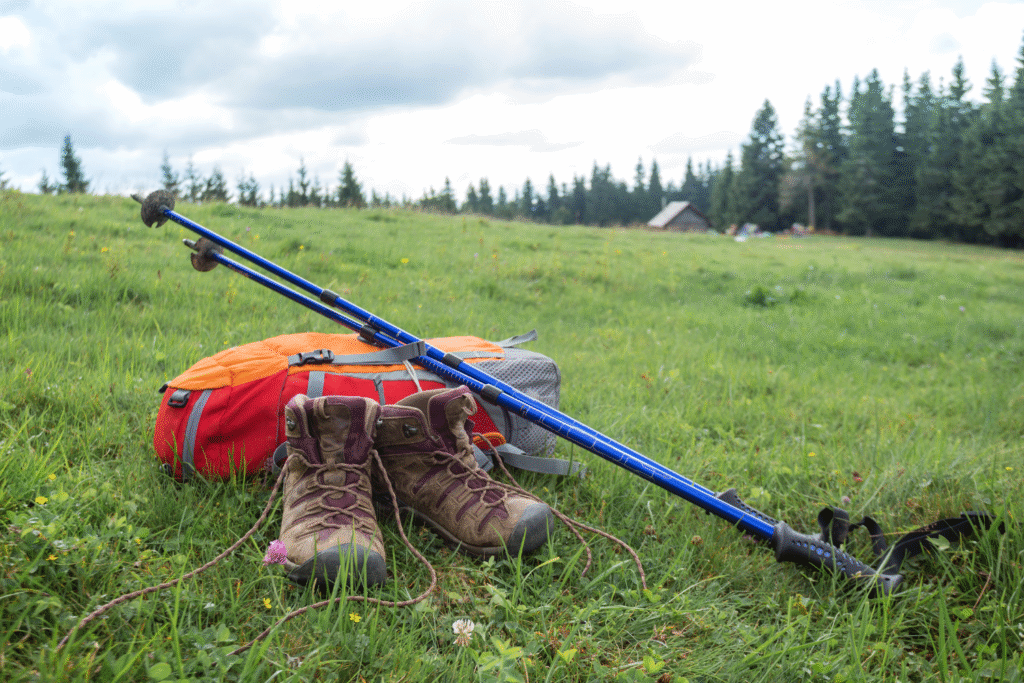
TSA’s banned item list now includes more types of sporting gear than before. Trekking poles, lacrosse sticks, baseball bats, and even small dumbbells can all be considered potential weapons. While they may seem harmless to you, anything that could be used to strike someone is typically flagged for checking.
If you’re heading on an active vacation, pack your gear in checked luggage. Collapsible or padded versions are easier to transport and less likely to cause trouble at screening. It’s also wise to research airline-specific restrictions, as some carriers have additional rules for sports gear. Avoid the awkward moment of surrendering your $200 trekking poles at the gate.
10. Unlabeled medications can raise suspicion.
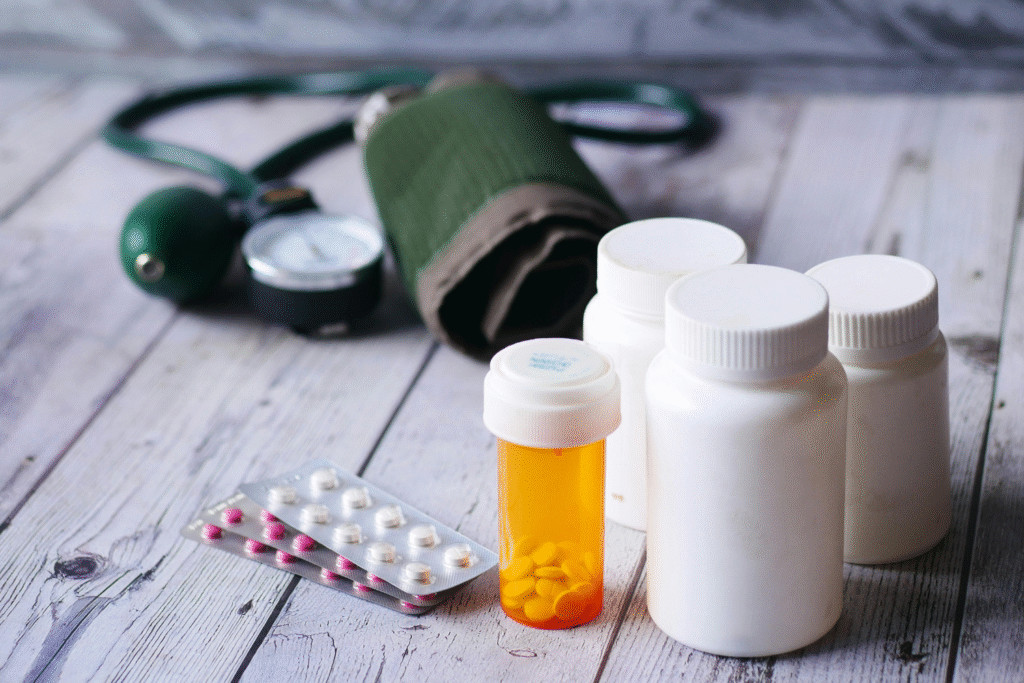
Bringing your medications is fine—until they’re in unmarked containers. TSA has grown more vigilant about unlabeled pills and powders due to an increase in counterfeit drugs and controlled substances. Officers may detain travelers or confiscate meds that can’t be verified, even if they’re perfectly legal.
Keep prescriptions in their original pharmacy bottles, with your name and the prescribing doctor visible. Over-the-counter meds should also stay in their original packaging whenever possible. It’s not about being nosy—it’s about making sure agents can quickly confirm what you’re carrying. Nothing ruins a trip faster than missing your flight over a bottle of mystery tablets.
11. E-cigarette refills are being scrutinized.
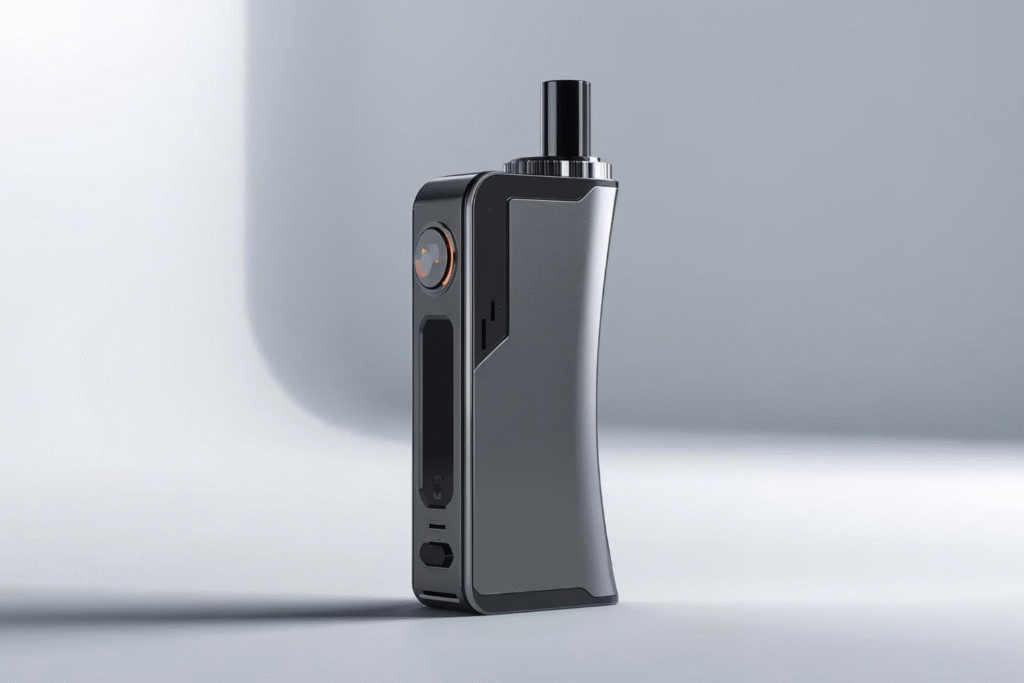
Vaping products are still allowed in carry-ons, but their refills are under tighter control. TSA agents are looking for unlabeled or homemade e-liquid bottles, which have caused fires or chemical reactions mid-flight. Even factory-sealed vape juice can raise questions if it looks tampered with or exceeds the liquid limit.
If you travel with vaping gear, stick to clearly labeled commercial brands and keep refills under 3.4 ounces. Never pack them in checked luggage—lithium-powered devices are a known fire hazard below deck. Vaping on the plane is still illegal, of course, but at least you won’t lose your gear before takeoff.
12. Oversized power banks could get confiscated.
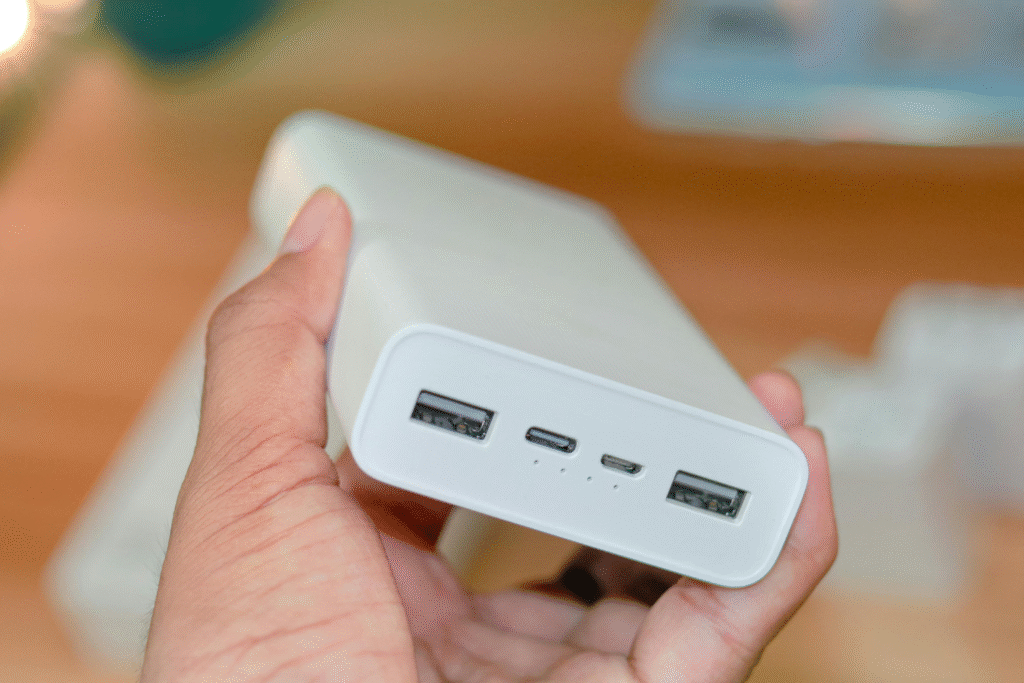
Portable chargers are a must for modern travelers, but TSA now enforces stricter watt-hour limits on them. Any power bank over 100Wh needs airline approval, and most agents won’t take the time to verify it. If it’s unmarked or looks industrial, they may confiscate it on the spot.
Always check the printed watt-hour rating on your device before flying. Smaller chargers are safer and more compliant, while oversized ones can spark suspicion. The irony of losing your charger before a long flight isn’t lost on travelers who’ve learned this lesson the hard way.
13. Certain beauty products now fall under new scrutiny.
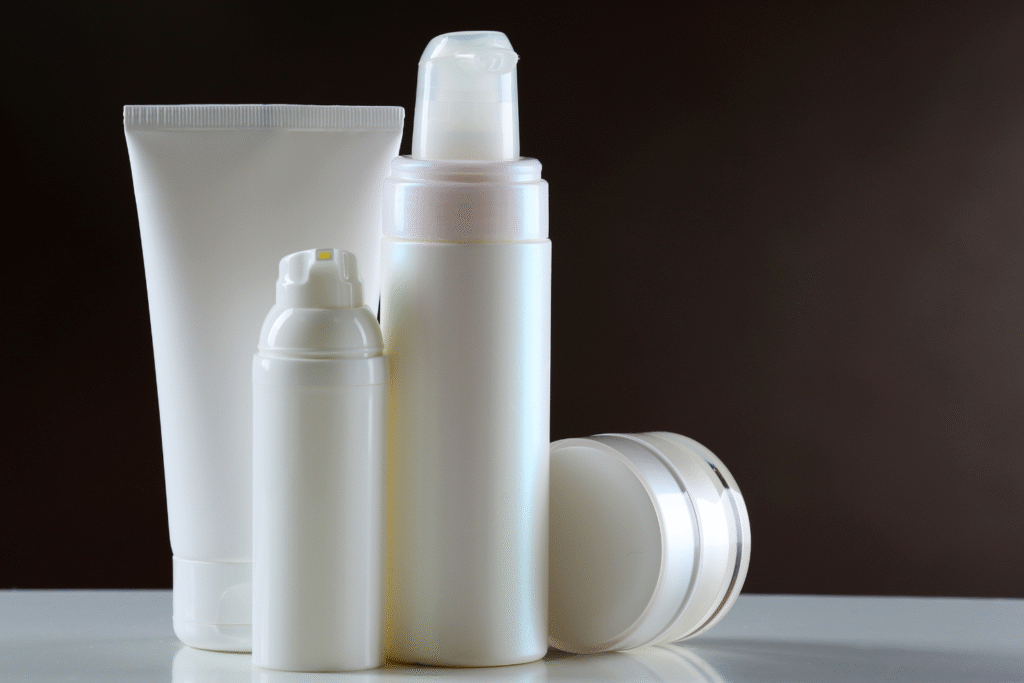
Some beauty products—especially aerosols and flammable sprays—are now limited or banned due to pressure concerns. TSA is flagging dry shampoos, hairsprays, and nail polish removers that contain high alcohol content or pressurized gases. Even small containers can get pulled if they’re unlabeled or over the limit.
To avoid a scene at security, stick to TSA-approved travel sizes and ensure all containers are clearly marked. Solid beauty alternatives like bar shampoos or deodorants are becoming popular precisely because they skip this hassle. A little prep before your trip means you can glide through security—without watching your favorite products vanish into the confiscation bin.
